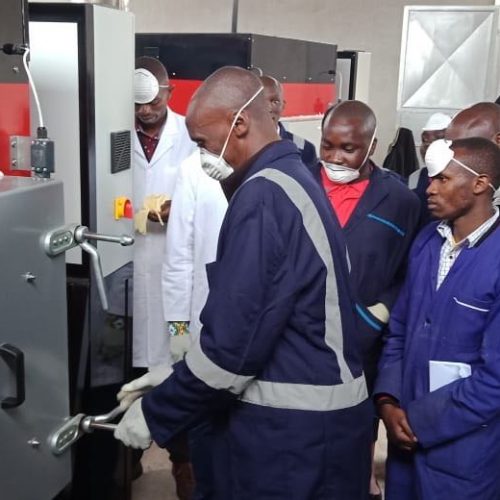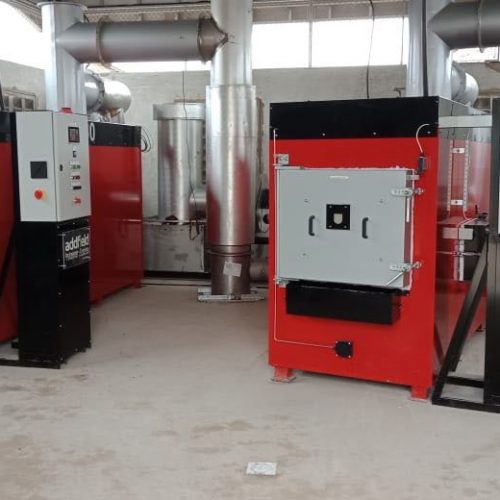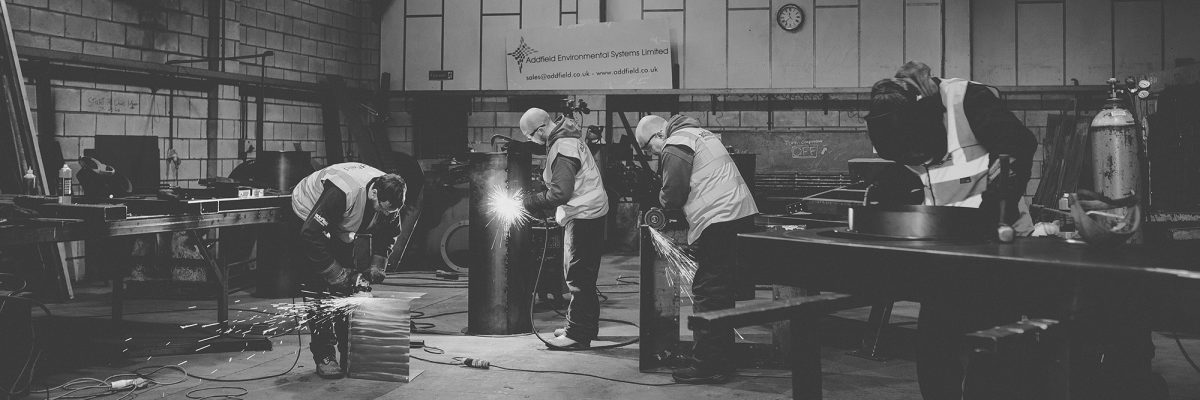The correct solution for treating Kenyas' medical waste
Ensuring all international emissions guidelines are adhered to is essential for safe destruction of Medical waste. We recently completed the commissioning of two of our Medical Incinerators to Nairobi in Kenya.
Chosen to securely manage the regions hazardous and general medical waste. Our MP400 Medical Pathological waste incinerators were selected from our range of options that we are able to provide. Delivering incredible results for safely destroying all manner of hazardous waste on its own we also have a range of additional solutions available to meet every countries exacting requirements.
Governed by Kenya’s National Environmental Management Act (NEMA) we were required to provide additional filtration solutions to treat the outgoing flue gas, to ensure it was suitably safe for returning into the environment, preventing any form of air pollution.
In this case, we supplied them with our Venturi System which has been supplied with the MP range to many of our international customers already.
Our Venturi flue gas scrubber is compliant in many countries including Kenya as it cleans the air continuously throughout the incineration process. Instead of just leaving the incinerator through the chimney after being heated to temperatures in excess of 1100°C in the secondary chamber the gasses begin a second journey. Traveling through several engineered sections which form a highly efficient system for neutralising and filtering all of the exhaust gas. Taken directly form the secondary chamber, directed by the hot gas duct to the Venturi reactor unit. The incinerator waste gas travels at an extremely high velocity.
All collected particulates and gaseous pollutants are collected at the base of the Venturi in the settling tank. As part of the process, additional neutralising sorbent agents are introduced to remove acidity. This enables the production of clean gasses that surpass the strictest environmental guidelines.
Managing the installation and commission were our Nigerian based engineers as part of a number of machine installations that they completed across Africa during August and September.







